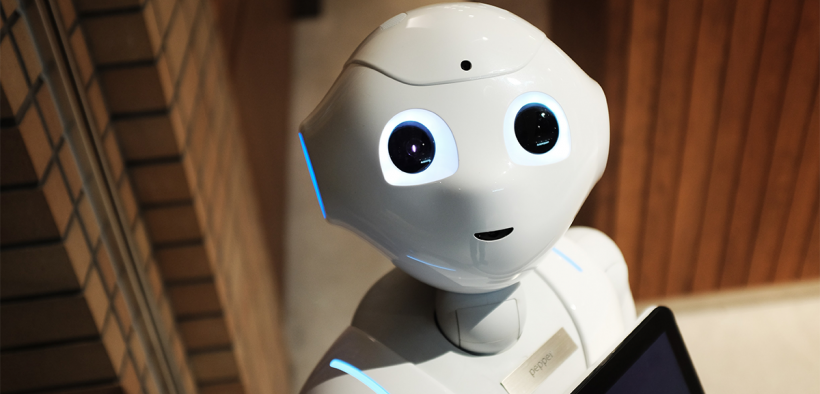UniSA tech team tackles mobile robot collisions with improved algorithm
Share

The University of South Australia’s Dr Habib Habibullah and his colleagues have come up with an improved algorithm that will help mobile robots avoid crashing into humans and other moving obstacles.
Aside from ensuring that the mobile robots can recognise and avoid obstructions, the improved algorithm also allows them to efficiently navigate the quickest and easiest path to their destination.
Dr Habibullah said that he and his team combined the best of existing algorithms to create a collision-free TurtleBot that is able to adjust its speed and steering angles.
“There are two types of path planning strategies for mobile robots, depending on whether they are being used in fixed environments or where they are encountering moving obstacles, such as humans or machines,” he said.
“The first is fairly easy to program but the second is more challenging.”
While several algorithms on the market are designed to minimise collision avoidance, none have been declared foolproof.
Thus, the UniSA team tested its model against two common collision avoidance algorithms. In a series of simulations, the team compared collision rates, the average time to destination and the average speed of the robot.
In every scenario of the simulations, the UniSA-designed algorithm was successful in helping robots successfully navigate a path without mishaps.
In terms of mechanics, his team was able to direct their TurtleBot to stop, turn and even reverse direction if it encountered anything in its path.
“Our proposed method sometimes took a longer path but it was faster and safer, avoiding all collisions,” Dr Habibullah said.
Mobile robots are becoming an increasingly important element in logistics. E-commerce behemoth Amazon currently uses an army of robot-wheeled shelf units to select purchases, read barcodes and deliver goods to counters for packaging, presumably without collecting human workers along the way.
Dr Habibullah said his algorithm could be applied not only in industrial warehouses but also for fruit picking, packing and pelletising. The algorithm can also be used for restaurant robots that deliver food from the kitchen to the table.
“This could also be a potential solution for agricultural robots; for example, autonomous lawnmowers, ground robots for crop surveillance and autonomous weeding robots, where children, pets and other animals are often present,” he said.
With AAP
Eliza is a content producer and editor at Public Spectrum. She is an experienced writer on topics related to the government and to the public, as well as stories that uplift and improve the community.














